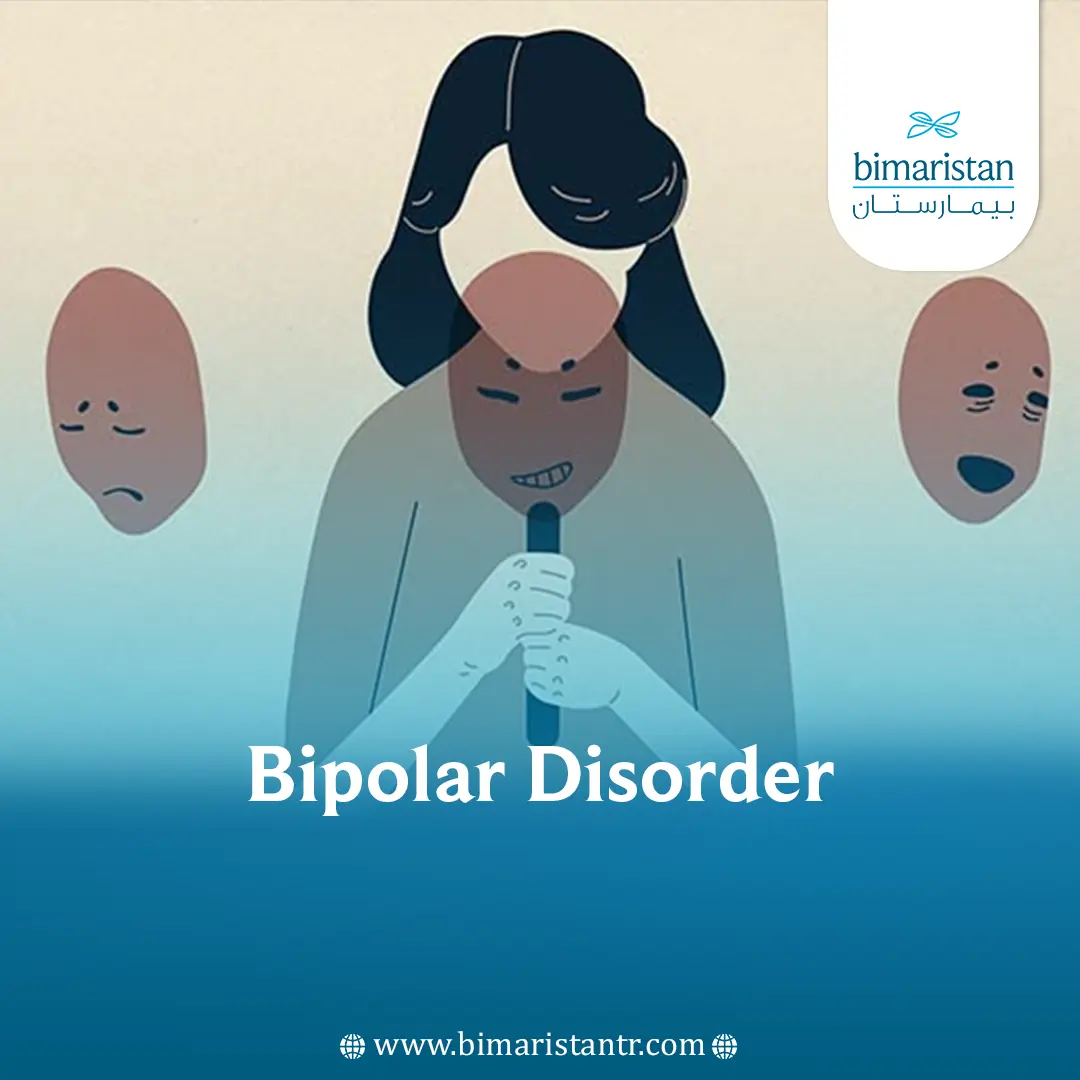Understanding the Complexities of Bipolar Disorder

Introduction
Bipolar disorder is a mental health condition that affects millions of people worldwide. Characterised by extreme mood swings that include emotional highs (mania or hypomania) and lows (depression), this disorder can significantly impact an individual’s daily life, relationships, and overall well-being. As awareness around mental health continues to grow, understanding bipolar disorder becomes increasingly important for society, healthcare providers, and individuals who may be affected by it.
The Symptoms and Types of Bipolar Disorder
There are several types of bipolar disorder, including Bipolar I, Bipolar II, and Cyclothymic Disorder. Bipolar I is defined by manic episodes lasting at least seven days, or by manic symptoms that are so severe that immediate hospitalisation is necessary. Depressive episodes are also common and can last for at least two weeks. Meanwhile, Bipolar II is characterised by a pattern of depressive episodes and hypomanic episodes, but the manic episodes are less severe than in Bipolar I.
Common symptoms of bipolar disorder can vary from person to person and include significant changes in energy levels, sleep patterns, and behaviour. During manic episodes, individuals might experience euphoria, increased activity, or irritability, while depressive episodes can bring feelings of sadness, hopelessness, and a lack of interest in previously enjoyable activities.
Current Statistics and Research
According to the World Health Organisation (WHO), bipolar disorder affects approximately 45 million people globally. Recent studies indicate that early diagnosis and appropriate treatment can greatly improve quality of life and reduce the risk of developing other health issues, such as cardiovascular diseases or substance abuse disorders. Treatment typically involves a combination of medication, therapy, and lifestyle changes, which can help manage symptoms and support individuals in leading fulfilling lives.
Society’s Role and Stigmas
Despite the growing awareness, stigmas surrounding bipolar disorder continue to persist, which can prevent individuals from seeking help. Public education campaigns and support networks play a crucial role in combating these misconceptions. By fostering an inclusive environment and promoting mental health resources, society can help break down barriers and encourage those affected to reach out for support without fear of judgement.
Conclusion
Bipolar disorder is a complex mental health condition that requires understanding, empathy, and treatment. As awareness continues to evolve, and with the ongoing research and discussions around mental health, it is essential for individuals, healthcare providers, and the community to work together. By doing so, we can create a supportive environment that promotes better outcomes for those living with bipolar disorder and ultimately enriches the fabric of our society.
